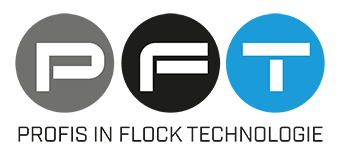Flocking
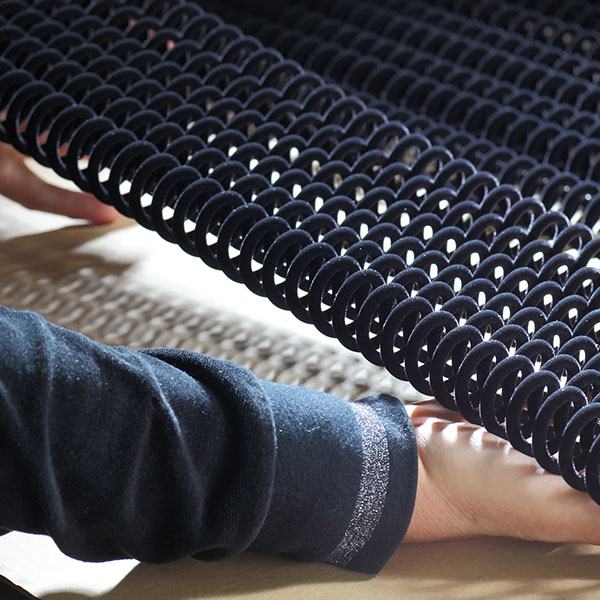
Flock is small fibres made of cotton, polyamide, polyester or viscose which are applied to a wide variety of surfaces. There are many areas of application in the automotive industry and everywhere that plastic and metal parts are flocked. The principle is that an adhesive is applied to the carrier material and synthetic fibres are integrated into the surface perpendicularly in an electric field. After being dried and fixed, the fibres are firmly attached to the carrier material. This makes them resistant to washing, cleaning and extremely resistant to abrasion. Our technically perfected flocking machines are operated both manually and automatically. We work on equipment for applying adhesives and flocking which is operated manually, we use semi-automated machines or fully automated flocking lines. The choice of machine depends greatly on the product and how it will be used later.
Flocking techniques at PFT:
- Automatically electrostatic
- Manually electrostatic, air-supported
- Automatically electrostatic, air-supported
Surface pre-treating at PFT:
- Mechanical napping
- Priming
- Flame scarfing
- Plasma activating
- Fluorination – two-chamber fluoride gas reactor
Advantages
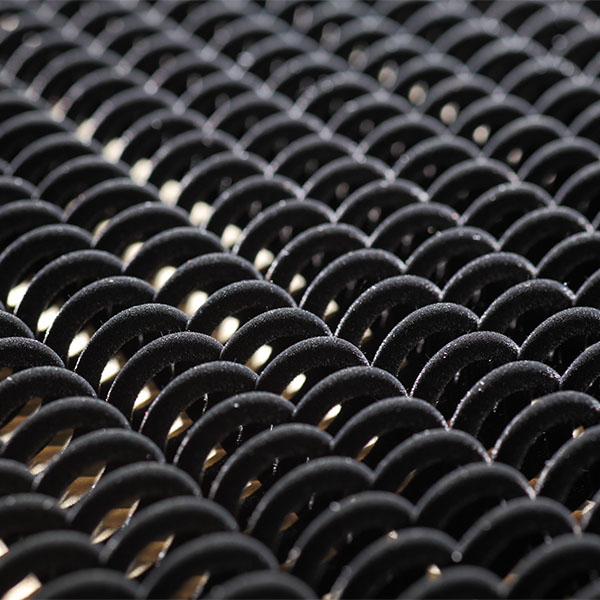
Flocking technology is very innovative and versatile. The infinite advantages of flocked surfaces constantly result in new areas of application:
Flock glides, polishes, balances out tolerances, prevents vibrational noises and condensation water, insulates, dampens, seals, cleans and can be used universally as a decorative element. With the versatile use of technology, the flocking method is constantly becoming better and more refined.
We would be happy to conduct a consultation with you to provide you with ideas for how your product can be improved with flock as well.
- Noise-reducing
- Friction-reducing
- Moisture-regulating
- Protective
- Dirt-repellent
- Improved appearance and feel
- Sealing and insulating
Technical flocking
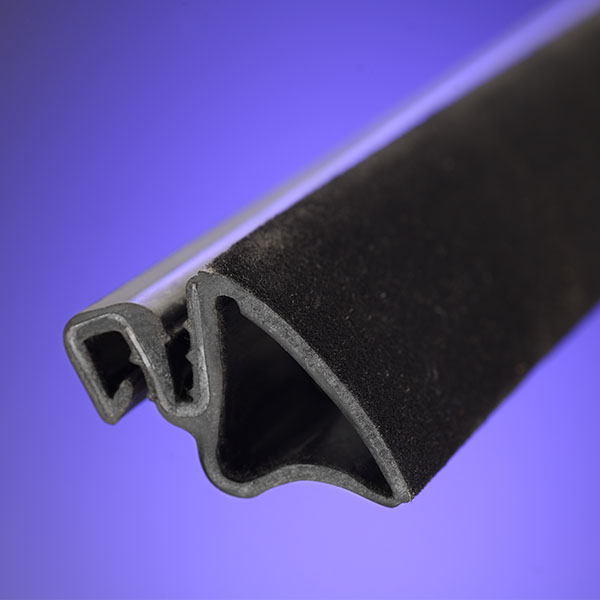
Flock is a product with major potential for the future and can be used universally in the industry for some of the following examples:
- In display packaging
- In the form of flocked velvet as a case lining
- In the automotive sector for window guide profiles and sealing profiles, in glove compartments and shelves, for motor covers to reduce noise and much more
Ask us without any obligation to you whether your product is suited to flocking and to find out more about the technical possibilities that we provide.
The flocking technique:
- Step 1: In order to ensure optimum adhesion, the surface to be flocked is pre-treated as required.
- Step 2: Areas which have to remain free of flock are covered carefully with suitable media.
- Step 3: The adhesive layer is now applied using a spray gun, a roller, a brush, etc.
- Step 4: Flocking is executed immediately following this. The electrostatically charged flocking fibres, which are positioned perpendicularly to the substrate, are shot into the fresh adhesive bed.
- Step 5: The freshly flocked parts are transported to the ovens where – regulated by time and temperature – the curing process is completed.
- Step 6: After curing has been completed, the flock is inextricably embedded and the adhesive remains stuck to the surface of the product for the life of the product. Finally, the refined products are then cleaned and packaged.
Design flocking
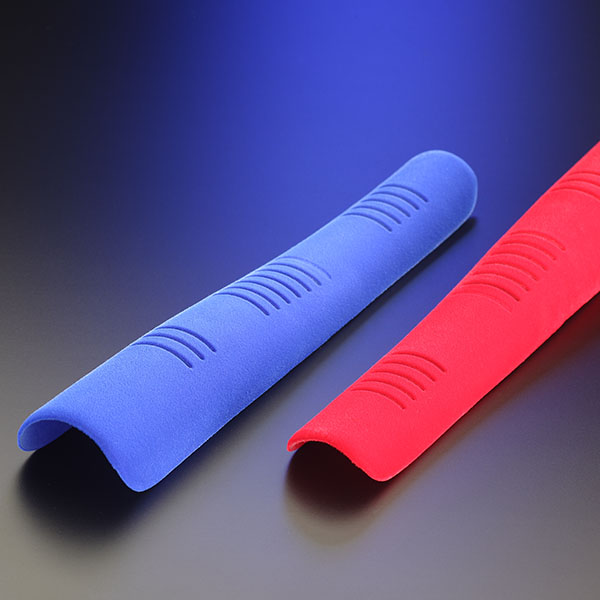
The options in design flocking are nearly infinite. The spectrum ranges from flocked seat covers, bedding and wall hangings to t-shirts, mugs, cups, lingerie, ornamental fabrics, curtains, wallpaper, rugs and more.
Specialities

Because of our many years of experience, we also offer you flocking of parts made of PVC, soft elastomers and olefins. Our range of services also includes fully automated flocking of tension springs and compression springs with a coiled length of approx. 1,300 mm as well as flocking of the outer surface of tension and compression springs. And finally, we are also equipped for the offline flocking of profiles made of aluminium or soft elastomers of up to 1,400 mm in length with appropriate special machines.
